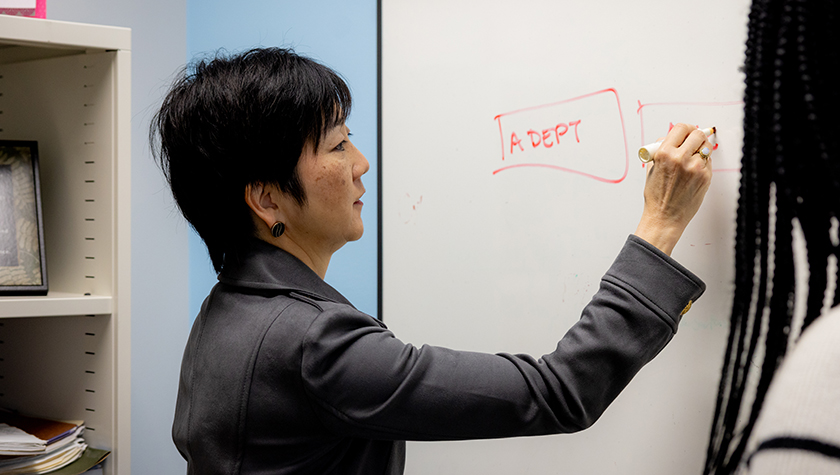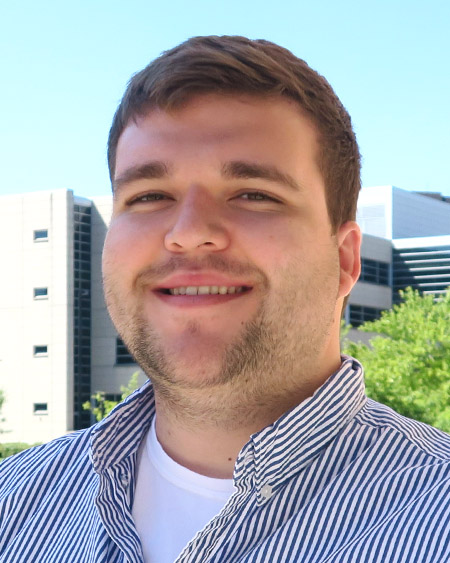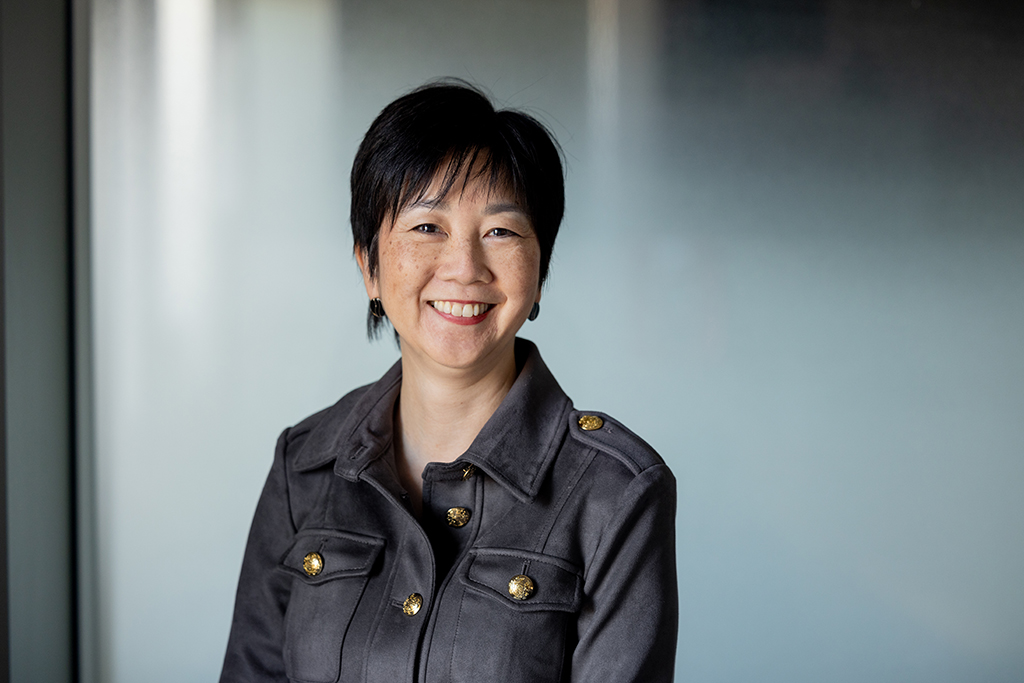
Research from the UW–Madison School of Pharmacy explores whether community pharmacists could help the gap — and what’s standing in the way
By Darcy Lewis
Imagine you’re one of the 20% of individuals incarcerated in the U.S. with opioid use disorder (OUD), and you’ve recently been released. Re-entering society is difficult, as you’re balancing competing needs and obligations while attempting to overcome barriers to employment, transportation, and housing. And, unfortunately, you have many more opportunities to relapse.
Medication for opioid use disorder (MOUD) supports over 500,000 people each year, but access remains a major challenge — many treatment facilities are not centrally located, and daily visits are often required, creating significant barriers to care.

That’s where community pharmacists — the most accessible health care providers — come into play. And in Wisconsin, pharmacists are legally empowered to administer naltrexone, a long-acting opioid antagonist that can be given as a monthly injection.
“Pharmacists could be an important resource for a vulnerable population, but we need to understand more about how that process would work,” says Jason Chladek (PhD, ’24). “Despite having the ability to administer naltrexone, many community pharmacists may not have the needed time, staff, or patient information.”
Chladek’s research, published in Exploratory Research in Clinical and Social Pharmacy, attempts to tease out why community pharmacists are choosing to administer naltrexone — or why not. The project also included a legal review, published in the Substance Abuse, Prevention, and Policy journal, of applicable Wisconsin statutes and focus groups with stakeholders to brainstorm possible solutions.
Vilas Distinguished Achievement Professor Michelle Chui, Chladek’s advisor and coauthor, says his project showed the need for education and cooperation among stakeholders.
“What Jason uncovered is that we need bridge-building between all the disparate units,” she says. “You have the patient, the parole officer, the prescriber, the pharmacist, family members, and community organizations, and none of them really talk to each other.”
A vulnerable population
Opioid use disorder is highly prevalent among people involved with the legal system, especially those who are incarcerated.
“It’s important that this population has access to these medications before, during, and after incarceration,” says Chladek, who conducted the research as part of his dissertation while earning his Health Services Research in Pharmacy (HSRP) PhD at the School. “During the last decade, there’s been more use of these medications within jails and prisons, but more supports are needed.”
Little progress has been made to help formerly incarcerated people with OUD after release, Chladek says.
“Even parole officers and providers may not know where these individuals can get their MOUD, which can leave them adrift at a vulnerable time.”
—Michelle Chui
“There’s been less attention to making sure these individuals use these medications back in the community, which is arguably even more important because there’s such a high risk of overdose from decreased tolerance,” he says, noting a 40-fold greater likelihood of overdose among recently released individuals. “MOUD can prevent the cycle of reincarceration. But too many individuals are just given a list of treatment options, with no discussion of how to set up appointments or plan their transportation.”
Chui, director of the School’s Sonderegger Center for Improved Medication Outcomes and professor of social and administrative sciences, notes that formerly incarcerated individuals may be required to be on MOUD as a condition of their parole.

“Even parole officers and providers may not know where these individuals can get their MOUD, which can leave them adrift at a vulnerable time,” she says. “No one thinks about a community pharmacy as a place to get MOUD.”
As both Chladek and Chui point out, dispensing naltrexone at a pharmacy is significantly more complicated than the familiar COVID-19 or seasonal flu vaccine shots. Naltrexone requires pre-injection paperwork and assessment, a 45-minute warming period for the refrigerated medication, a private space for intragluteal injection, and a post-injection observation period. Combined, these factors often leave Wisconsin pharmacists unwilling or unable to dispense naltrexone.
Chladek also identified and reviewed specific legal and regulatory statutes with implications for this care population.
“I then created a map of where community pharmacists provide this care and overlaid that with where people leaving jails and prisons are,” he says. “The need is quite clear.”
According to Chui, Chladek was the first HSRP pharmacy grad student to minor in law.
“He did a good job of being a bridge between these legal policies and understanding how they impact patient care and pharmacy practice,” she says.
With the legal review complete, Chladek led a series of focus groups with community pharmacists and other stakeholders that discussed strategies for increasing naltrexone administration in the community.
Removing obstacles
Chladek sees potential for prescribers and pharmacists to work collaboratively.
“Most prescribers didn’t know pharmacists could offer this service, but once they found out, they were enthusiastic, especially for lower-risk patients, which would free up their time to manage more complex patients,” he says.
“MOUD can prevent the cycle of reincarceration. But too many individuals are just given a list of treatment options, with no discussion of how to set up appointments or plan their transportation.”
—Jason Chladek
For their part, pharmacists were more cautious.
“There was a lot of talk about the cost-benefit analysis in terms of how they’re reimbursed and the time and effort it takes to offer injections,” Chladek says. “The prescriber-pharmacist relationship is key. It may be that some sort of collaborative practice agreement between a prescriber and a pharmacist is the best way to support community pharmacists in this important work.”
What’s next
Chladek is currently completing a postdoctoral fellowship in population health at the Grossman School of Medicine at New York University. This new role affords him many opportunities for continuing the work he started at Wisconsin.
“The law that allows New York community pharmacists to administer this medication is only a year old,” he says. “There’s just a handful of community pharmacists across the state providing this service, so there’s a lot to learn about the barriers and facilitators to implementation in New York.”
For Chui, Chladek’s project shines a light on the obstacles preventing a truly marginalized patient group from receiving optimal care.
“So many stakeholders have great intentions to support this patient population, but they don’t know how,” she says. “The beauty of Jason’s project is that he uncovered both the good intentions and the fragmentation within the system.”

